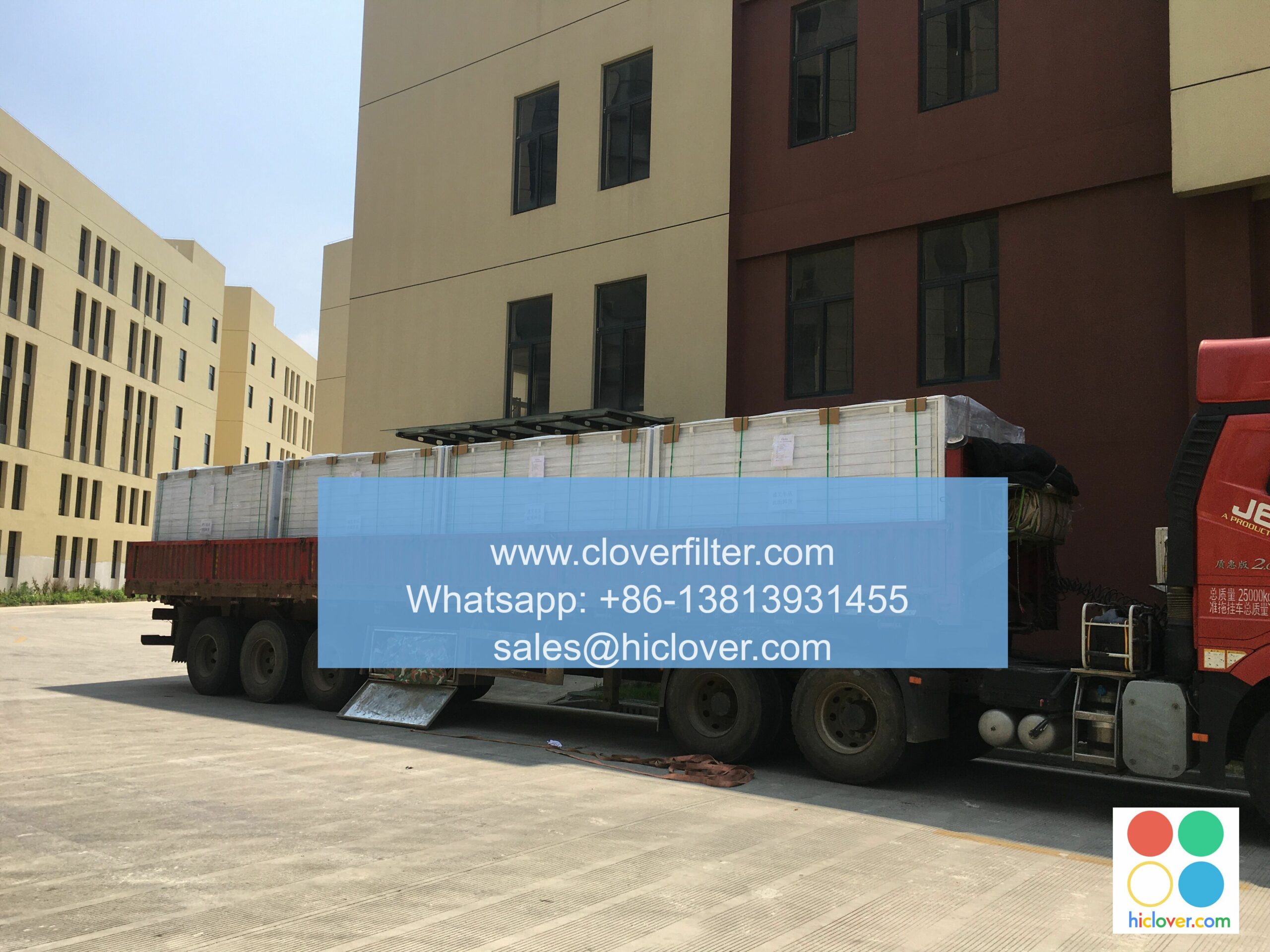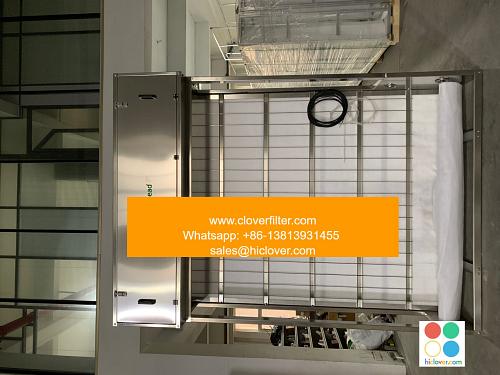The Impact of Air Filter Design on Noise Levels

Air filters are a crucial component in various applications, including heating, ventilation, and air conditioning (HVAC) systems, industrial processes, and air pollution control. While their primary function is to remove contaminants and improve air quality, their design can also significantly impact noise levels. In this article, we will explore the relationship between air filter design and noise levels, highlighting various application areas and key considerations.
Introduction to Air Filter Design
Air filters come in a variety of designs, including panel filters, pleated filters, and activated carbon filters. Each design has its unique characteristics, advantages, and disadvantages. The choice of air filter design depends on the specific application, taking into account factors such as airflow rates, pressure drops, and efficiency requirements.
Noise Generation Mechanisms
Noise generation in air filters can be attributed to several mechanisms, including:
* Turbulence: The interaction between air and the filter media can create turbulent flows, leading to noise generation.
* Vortex shedding: The formation and shedding of vortices around the filter media can also produce noise.
* Flow separation: The separation of airflow from the filter media can result in noise generation.
Design Parameters Affecting Noise Levels
Several design parameters can influence noise levels in air filters, including:
* Filter media type: Different filter media, such as fiberglass, polyester, or activated carbon, can affect noise levels due to variations in airflow resistance and turbulence.
* Filter thickness: Increasing filter thickness can lead to higher pressure drops and subsequently higher noise levels.
* Filter face velocity: Higher face velocities can result in increased turbulence and noise generation.
* Filter frame design: The design of the filter frame, including the inlet and outlet configurations, can also impact noise levels.
Air filters are used in a wide range of applications, each with its unique noise level considerations:
* HVAC systems: In commercial and residential buildings, air filters are used to maintain indoor air quality. Noise levels can be a concern, particularly in quiet spaces such as hospitals and classrooms.
* Industrial processes: In industrial settings, air filters are used to control air pollution and maintain process efficiency. Noise levels can be a concern due to the high airflow rates and pressure drops involved.
* Air pollution control: Air filters are used to remove particulate matter and gaseous pollutants from the air. Noise levels can be a concern, particularly in urban areas where ambient noise levels are already high.
Conclusion and Future Directions
The design of air filters can significantly impact noise levels, and it is essential to consider these factors in various application areas. By optimizing air filter design parameters, such as filter media type, thickness, and face velocity, it is possible to minimize noise levels while maintaining air quality and process efficiency. Future research directions may include the development of noise-reducing air filter designs and the application of computational fluid dynamics (CFD) to simulate and predict noise generation in air filters. By addressing noise level concerns, air filter designers and manufacturers can create more efficient, effective, and quieter air filtration systems for a wide range of applications. It seems like you didn’t include a prompt. Could you please provide more details or clarify what you need help with? I’m here to assist you with any questions or topics you’d like to discuss.

